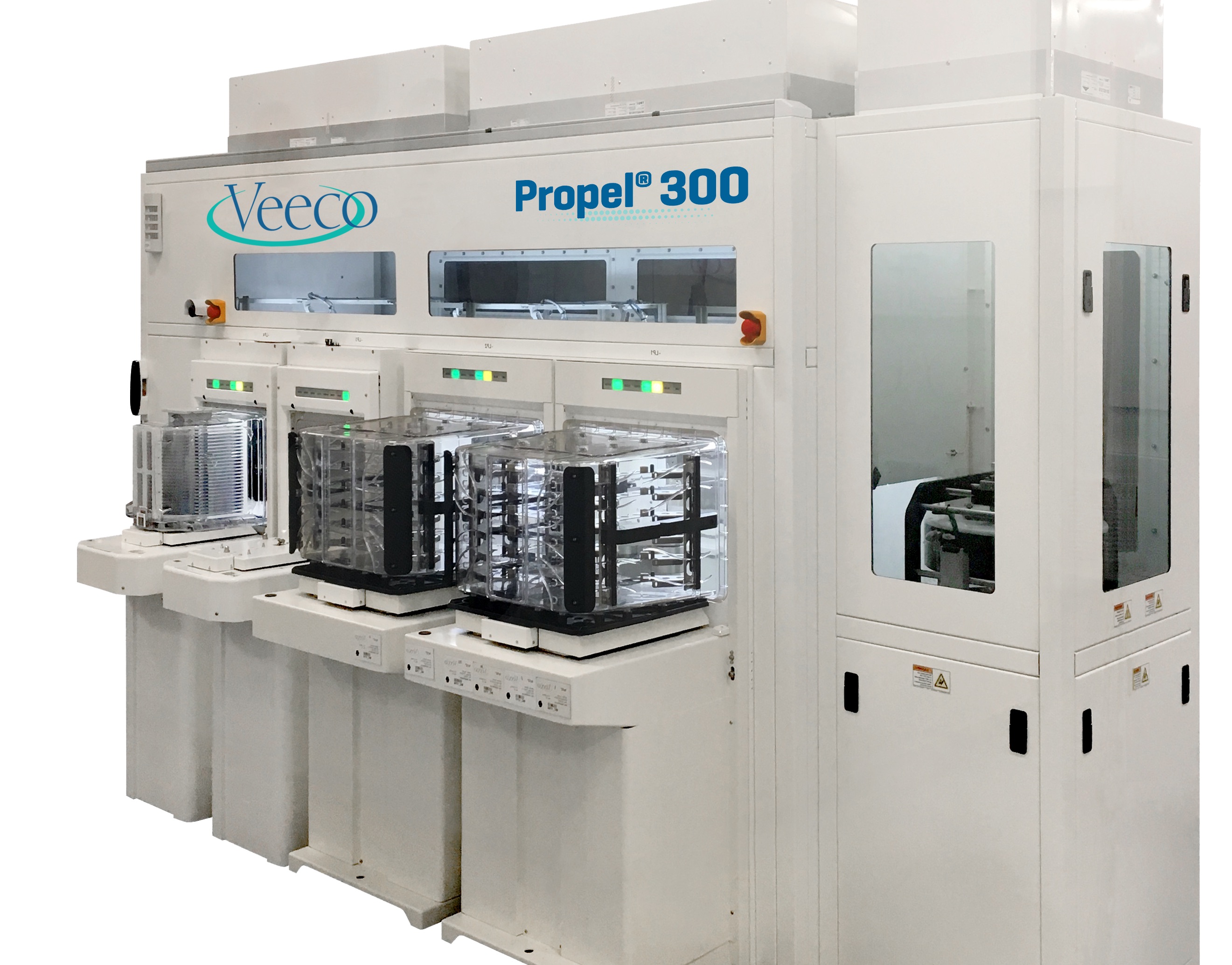Taiwanese collaboration picks Veeco platform

National Chiao Tung University to use Propel MOCVD platform for GaN power and 5G device production initiative
Veeco Instruments has announced that National Chiao Tung University (NCTU), based in Hsinchu, Taiwan, has selected Veeco to be an essential collaborator in their initiative to drive Taiwan’s semiconductor production through 2035.
The collaboration consortium is made up of universities and semiconductor manufacturers with the goal of developing the next generation of advanced power, communication and artificial intelligence technologies.
Veeco’s single wafer Propel MOCVD platform serves a critical role in driving the success of the consortium.
“The National Chiao Tung University and the Taiwan semiconductor industry have a long history of enabling global technology megatrends,” said Edward Yi Chang, SVP, dean of R&D and chair professor, NCTU. “Veeco brings world-class technologies and process know-how, and we have seen tremendous contributions from their single wafer Propel platform, with its excellent performance and consistent results, while enabling scalability for the advanced development of GaN power and RF devices.”
According to Allied Market Research, the GaN power device market size is projected to reach $1.24 billion by 2027, with an estimated compound annual growth rate (CAGR) of 35 percent. Yole Développement estimates the total GaN RF market will increase from $740 million to more than $2 billion by 2025, with a CAGR of 12 percent driven largely by telecom and defence applications.
“We are proud to be a key contributor to the exceptional work of Dr. Chang and the consortium he has assembled, and we are convinced this collaboration will result in game-changing contributions to the global semiconductor industry,” commented Scott Kroeger, Veeco’s chief marketing officer. “Veeco’s technology portfolio is focused on bringing unique value to semi and compound semi customers, and we are committed to driving exceptional progress in the fields of advanced power, communications, artificial intelligence and more. We look forward to expanding our participation and driving the next generation of experience age technologies.”


































